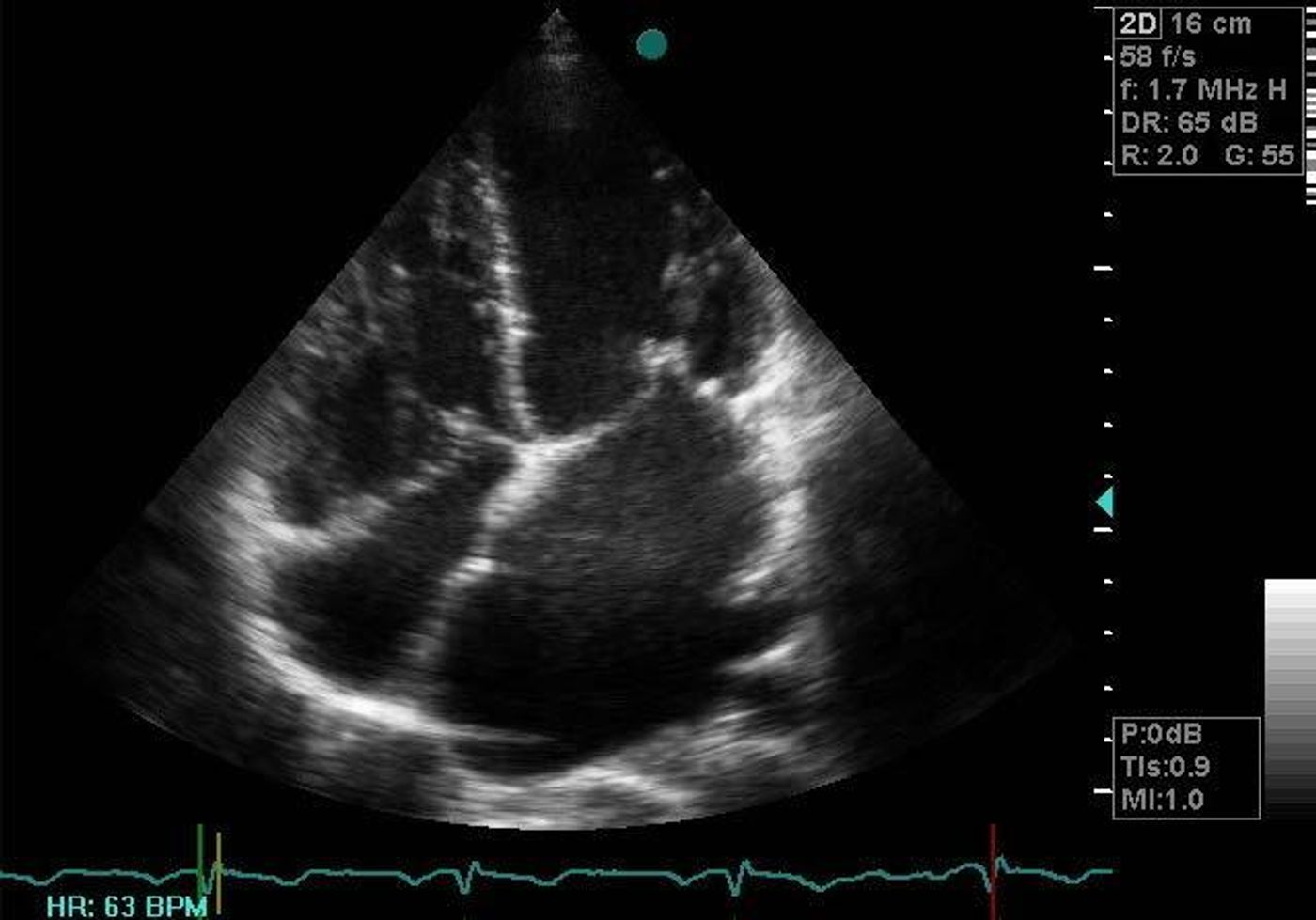As a parent in the United States, if you suspect your child might have strep throat, you might be slightly concerned that they are uncomfortable, but you’d rest assured that a quick trip to the pediatrician would result in a prescription for penicillin and your child would be 10 days away from a full recovery. In developing countries like Africa, though, the treatments to prevent a simple sore throat from exploding into rheumatic heart disease (RHD) are expensive and underused.

More than 275,000 deaths from RHD occur per year across the globe, and it’s the most common acquired heart disease for children in many developing countries. Whether it’s oral antibiotics, injections, or heart valve surgery that’s needed to treat various stages of the disease, researchers from the University of Washington have developed an economic evaluation tool to help communities in developing countries like Africa prioritize their public health resources to have the best chance at successfully attacking the disease.
Which stage of disease is a person at? What time of intervention would be the most effective to improve their health and most cost-effective for public health officials? Where should money and other resources be allocated? Study leader David Watkins and his team considered all of these factors and more while developing the tool, based on a Markov model of the natural history of both acute rheumatic fever (ARF) and RHD.
First, they considered primary prevention: the use of antibiotics in primary care settings to treat the initial case of throat inflammation caused by a group A streptococcal infection. ARF usually occurs two to three weeks after the initial throat infection if it isn’t treated with antibiotics. People with ARF often experience painful joints and inflammation of the heart, and 50 percent of these people who develop ARF will also go on to develop chronic RHD.
Second, they considered secondary prevention, which included developing a list of individuals with a history of either ARF or RHD so health officials could then implement an intervention with prophylactic penicillin on a regular basis. This technique is a result of a person’s increased likelihood to develop a second attack of rheumatic fever if they have already had an attack. Additionally, for people currently living with ARF, their condition can be prevented from transitioning into chronic RHD with regular injections of antibiotics.
Third, researchers considered increasing the coverage of heart valve surgery to treat the damage done to heart valves from continuous inflammation. For people with RHF, without this treatment they are subject to congestive heart failure, stroke, even death. They considered both building local surgical centers to complete the procedure and sending individuals with RHF abroad for surgery.
Watkins and his team applied the model to a hypothetical African country with the three interventions in consideration. While they acknowledged that results would vary among communities, they could be some general conclusions about what preventions were the most cost-effective for preventing RHF.
They saw that preventing RHD is more cost-effective than treating already-existing cases, a trend that applies to many if not all cases of preventable diseases. In the long run, primary prevention with antibiotics is saves the most money. They also found that when increasing access to heart valve surgery is cost-effective, resources should be allocated to sending affected individuals abroad for surgery rather than using resources to build a local surgical center to complete the procedure.
“Countries similar to the hypothetical case could consider investing limited resources in primary prevention and secondary prevention until full coverage is achieved before moving on to valve surgery,” the researchers recommended based on their findings. Their study was recently published in the journal
PLOS Neglected Tropical Diseases.
Sources:
PLOS,
PLOS Neglected Tropical Diseases,
The BMJ,
World Heart Federation
Image: Bongani Mayosi









